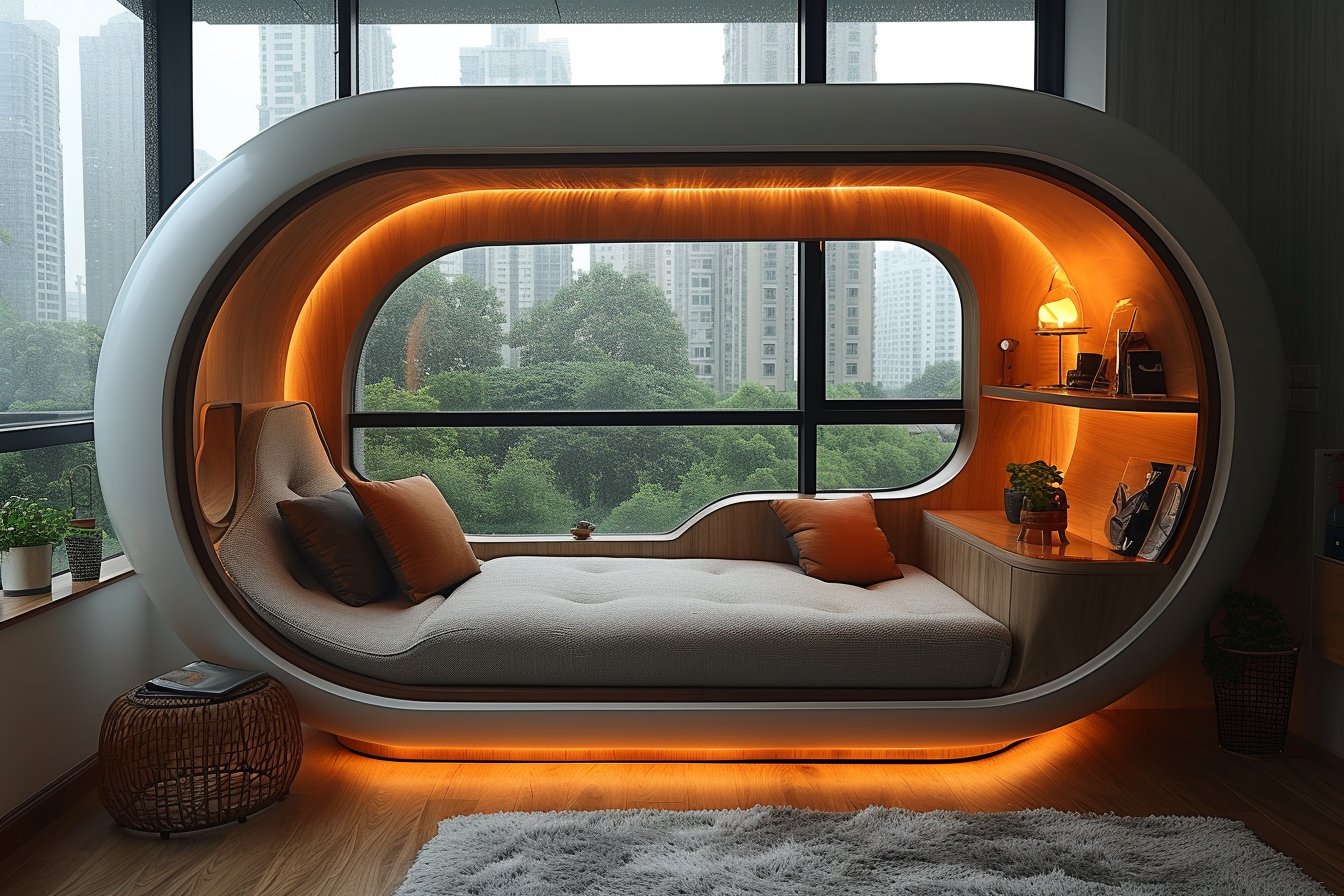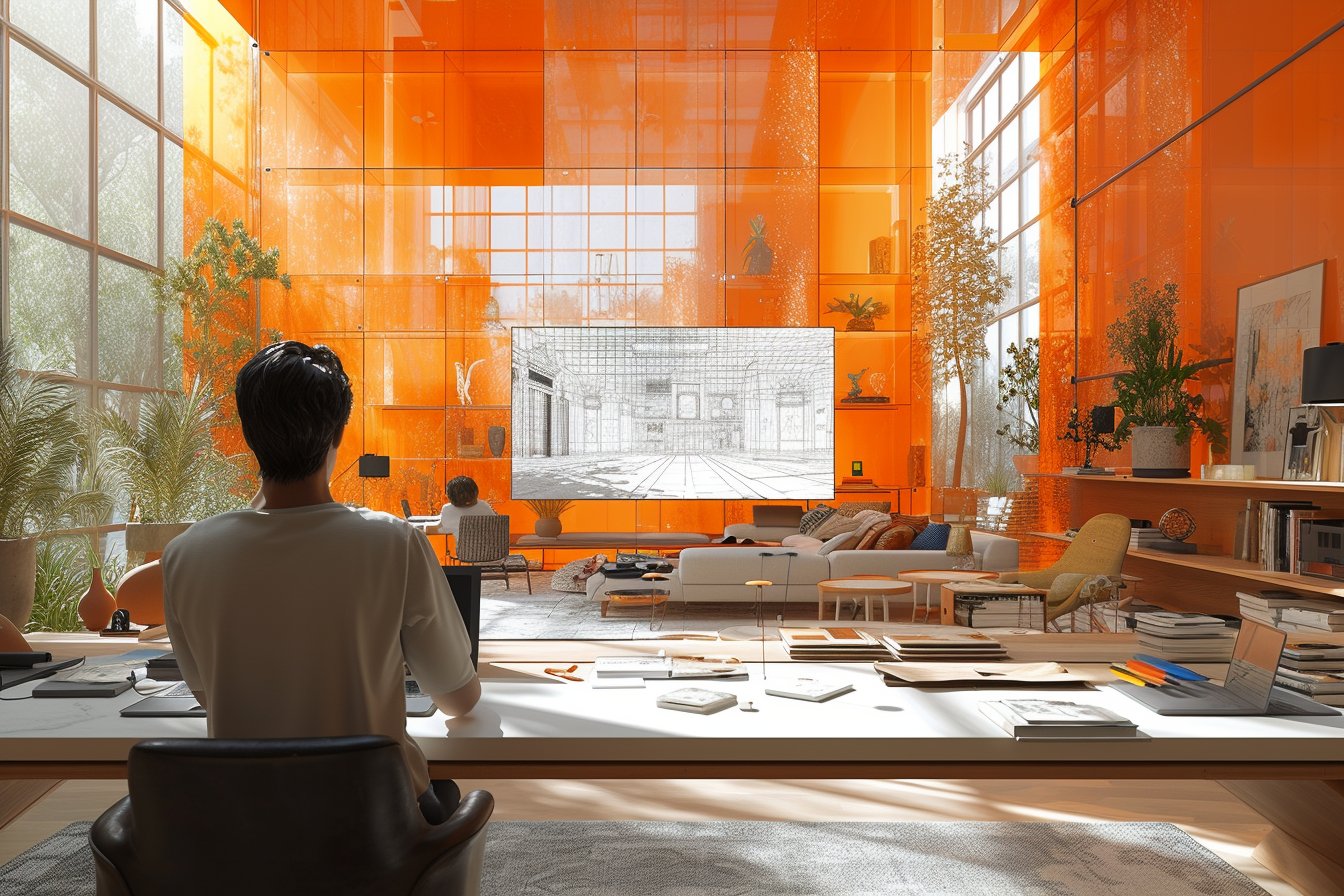In today’s digital age, working with an interior designer from a distance is not only feasible but also an advantageous choice for many homeowners and businesses. The process can be incredibly efficient, cost-effective, and provide access to a broader range of design experts. This article will explore some valuable tips on how to successfully collaborate with an interior designer remotely.
Choose the Right Designer for Your Project
When it comes to selecting a remote interior designer, there are various factors to consider. Research several professionals and analyze their portfolios, styles, experience, and reviews from past clients to determine which designer aligns best with your preferences and project requirements. It’s also wise to evaluate your budget and discuss fees and payment structures beforehand to ensure that both parties are on the same page financially.
Consider Specializations
Some designers specialize in specific areas, such as sustainable design or small spaces. If your project requires expertise in a particular niche, be sure to seek out individuals who promote their knowledge and experience in that field.
Establish Clear Communication Channels and Expectations
Communication is key when collaborating with a remote interior designer. To facilitate effective communication, establish designated channels (i.e., email, phone calls, video conferences) and set expectations regarding frequency and response times. These protocols can help eliminate misunderstandings and reinforce accountability while maintaining efficient progress on your project.
Utilize Technology
Employing technology such as file-sharing platforms, design software, virtual reality, and video conferencing tools will enhance collaboration and streamline the feedback process between you and your designer. The utilization of these digital resources allows for real-time interactions and visually dynamic presentations, ensuring that your design vision is accurately communicated.
Clarify Your Design Vision and Goals
To maximize the success of your project, it’s crucial to convey your design preferences, requirements, and goals in a clear and concise manner. Providing detailed information on your expectations and desired outcomes will enable your designer to be more precise in their approach and facilitate a smooth collaboration process.
Create an Inspiration Board or Gallery
Compile images, color schemes, materials, and any other elements that inspire you into a centralized digital space or shareable gallery. This visual representation of your ideas will give your remote interior designer a strong sense of what appeals to you and inform the direction in which they develop their designs.
Set Realistic Deadlines
Discuss timelines with your designer at the outset of your collaboration. Allow for sufficient time to create and revise design concepts, source materials, place orders, and address potential logistical issues. Establishing realistic deadlines that account for these various factors can minimize stress and ensure a smoother execution.
Provide Feedback and Maintain Flexibility
Giving constructive feedback during each stage of the design process allows you to verify that your remote interior designer understands your preferences, and ensures that their proposals are aligned with your vision. Be open to suggestions and willing to explore new concepts to foster creativity and innovation within your project.
Trust Your Designer’s Expertise
Your chosen designer is likely highly skilled and experienced when it comes to producing great results. Believe in their abilities and trust their professional opinions throughout the collaboration process to capitalize on their knowledge and skills effectively.
Organize Your Collaboration Documents and Materials
Keeping your digital assets organized during a remote collaboration is crucial. Utilize file-sharing platforms, project management tools, or cloud storage solutions to ensure that important documents and resources are easily accessible and can be referenced at any given time by you and your designer.
Maintain Consistent File Naming Conventions
Avoid confusion by employing clear and consistent file naming conventions for all shared materials related to your project. This practice will help prevent miscommunications and delays caused by searching for specific files or folders within your shared storage environment.
- Define Design Terminology: Clarify any industry jargon or terms used by your designer to avoid misunderstandings and create a unified language that both parties understand throughout the project.
- Update Your Designer Regularly: Keep your remote interior designer informed of any changes you’ve made or issues encountered during your project’s execution. Communication is essential to maintaining a collaborative partnership, particularly when working remotely.
In conclusion, working with an interior designer remotely offers numerous benefits for homeowners and businesses alike. By carefully selecting the right professional, clearly communicating expectations, utilizing technology, actively engaging in the design process, and staying organized, you can successfully collaborate on beautiful, transformative interior spaces from a distance.






